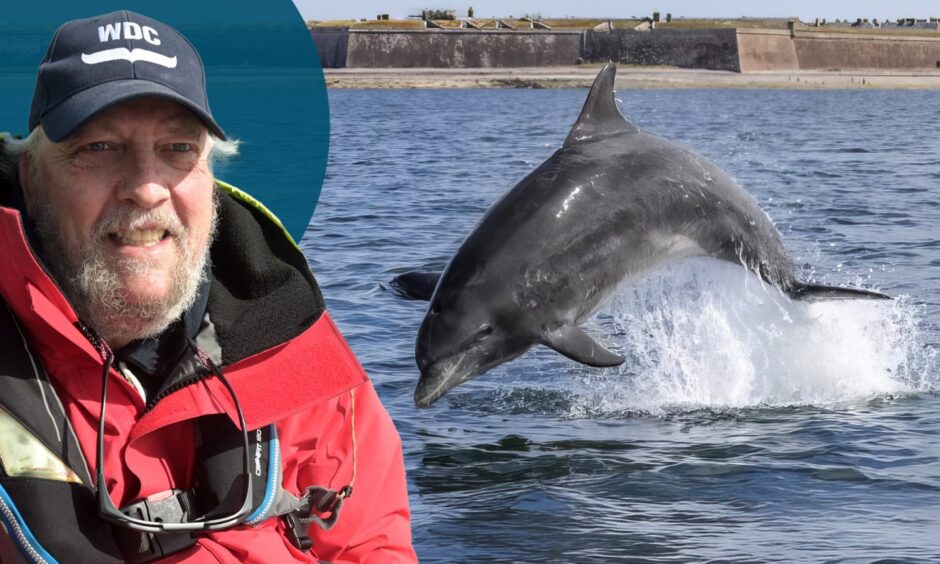
By all accounts, I should have been having a wonderful time.
The sun was shining on the Moray Firth, we were enjoying a whirlwind boat tour with Dolphin Spirit Inverness and we had even spotted a few seals.
But inside my dolphin-obsessed seven-year-old heart was breaking. There was not a single fin in sight.
Despite Stephen Davren, the skipper of the Dolphin Mischief RIB and expert Charlie Phillips’s best efforts, the resident pod of bottlenose dolphins in the Moray Firth was nowhere to be seen.
Stephen joked: “Sadly I think the dolphins are winning the game of hide and seek today.”
Just as it felt we were about to head back to Inverness Marina, Charlie suddenly raised his voice while pointing straight ahead: “There they are.”
After 25 years, Charlie can tell if dolphins are left or right-handed
If anyone could find the bottlenose dolphins, it would be Charlie.
Having studied the Moray Firth resident population for around 25 years, the field officer with the Whale and Dolphin Conservation (WDC) can identify each individual mammal by their teeth alone.
Something which has boggled many scientific minds.
His contributions have been so recognised, that Charlie even has a bottlenose dolphin named after him, which in my view is the highest honour a person can claim.
As we pull up near the Moray Firth dolphins, we get to meet his namesake.
Describing his marine mammal counterpart as “very bold”, Charlie said he had spent time studying the dolphin’s grandmother and mother.
“Charlie was born in 2007 just in this area here so he’s quite a special dolphin to me,” he said.
“It was a collusion between Aberdeen University, my colleagues and my wife for studying them for so long.”
While all the dolphins have ID numbers, some of them are named to match their personalities and a few can be adopted with WDC.
Noting a few other dolphins with Charlie like Bonnie with her one-year-old calf, Sugar the “mad” five-year-old and Sickle with her calf, Charlie (the human) said there are definitely a few individuals that stand out.
“Once you’ve looked at them for a while, and you see them doing things, you can identify them as the individuals they are,” he explained.
“You get to the stage where you think that dolphin’s left-handed or right-handed just through observation.”
What is so special about the Moray Firth dolphins?
To Charlie, the Moray Firth population is special.
Ever since his childhood holidays at the Portmahomack Caravan Site in Tain where dolphins would pull up alongside his dad’s boat when out on the water, he has been “quietly dolphin mad”.
When he moved to Cullen Bay in the late 80s and saw dolphins leaping in the bay from his cottage, it reignited his passion for the “wonderful, intelligent souls”.
But it is not just Charlie who thinks the bottlenose dolphins often spotted from Chanonry Point are unique.
In a European context, Charlie explained having a resident population is quite rare, let alone having one this far north.
In and around the UK, there are only two other places which have the same: Cardigan Bay in Wales and Shanon Estuary in Ireland.
Recognising this, Aberdeen University opened a field station in Cromarty and started one of the longest-running photo ID studies of wild bottlenose dolphins in the world in 1987.
Scotland has the hefty bottlenose ‘rugby players’ of the sea
Another thing is their size.
Compared to others of their species, the population in the Moray Firth are very large.
Measuring around 3.5m and weighing 500kg, Charlie said a few male bottlenose dolphins could scare off an orca, the closest they have to a predator.
Charlie explained: “All UK bottlenoses are big because the waters around our shores are cold but when you start coming up north the water’s even colder.
“They have what we call a plastic morphology. They’re able to change their body shape quite quickly to suit local conditions.
“It means the dolphins around the north and the north-east, to put it politely, are slightly more loaded.
“They’ve got plenty of blubber on them, but that keeps the cold out.”
In comparison, Charlie said the bottlenose dolphins seen in Shark Bay, Australia, are like” wee toys”.
“They’re beautiful but they’re like our youngsters,” he said. “Because the water’s so warm, they don’t need to carry all this blubber.
“One’s a ballerina, one’s a rugby player.”
Bottlenose dolphins are highly social and have lifelong friendships
As we sat watching the dolphin gang leaping near the RIB, Charlie said they were probably having their social time.
“Dolphins have a culture,” he said. “They have very good long-term and short-term memories.
“They’re also highly social and they have friendships that last a lifetime and those lifetimes could be 50, 60 years.”
They use their play and social time to bond with each other.
Whether that is between a mum and baby or friends who have not seen each other for a long time, it marks a break away from their almost never-ending job of hunting for food.
Charlie said: “If they are having a bit of me time, that’s another reason to watch them from a distance and let them be because they might not get that chance again for quite a long time.”
The dolphins eat well a couple of times daily for sustenance and to stay hydrated.
“Many people don’t know dolphins don’t drink,” added Charlie. “They get all the water they need from the food they eat and if they don’t eat, they dehydrate.
“If they dehydrate it spirals down remarkably quickly.”
In spring and summer, they will eat the salmon making their way up the Moray Firth to gain protein and water.
In winter, their diet changes to include fish with high-lipid content like sprat, sand eels, and mackerel to build blubber, as well as rich milk for youngsters.
Parenting: ‘The girls have a very sneaky but wonderful way of doing things’
While the bottlenose dolphins are long-lived, females tend to live much longer than males.
On the boat, Charlie said: “The males seem to burn themselves out a lot quicker. They’re not quite as sensible as the females.”
Stephen cheekily added: “They’re working harder Charlie.”
Charlie had another point of view: “I would say they burn themselves out because they’re much more idiotic.”
One group of males has gained the name “Bad Boys Club” for their shenanigans.
The species tends to be a female-led society.
Apart from mating, the males have nothing to do with raising the kids. And if they start getting any ideas, the females will chase them away.
There have also been cases of males killing calves. It is understood this is due to the males getting jealous and wanting more of the female’s attention.
But through postmortems, researchers have discovered females find ways to protect their babies.
“The girls have a very, very sneaky but wonderful way of doing things,” said Charlie.
“They can mate with one or two different males.
“The female can differentiate whose sperm she will accept, and she can delay that implantation for a little bit.
“It’s so complicated. It blows your mind.
“They can make two or three dominant males in the area believe they’re the daddy, and that will lessen the likelihood of possible infanticide.”
Are dolphins the ‘bullies of the sea’ or just ‘nutters’?
Recently, bottlenose dolphins have been getting some bad press for their behaviour in killing or roughing up porpoises.
With the accusations all over social media, the behaviour had to be questioned.
While it rarely happens, Charlie said why they do it is still a mystery as they do not eat porpoises.
“They don’t always kill them but when they do it tends to be some of the big males that do this.
“It’s part of their natural behaviour and we don’t know why they do it. I hypothesise, and it’s my own opinion, that it’s possibly territorial.
“It could also be misdirected infanticide because the big thick blokes think that a porpoise is a baby dolphin.”
He went on: “But you also have some dolphins who are just nutters, and just violent.
“That’s quite rare in itself in the natural world. Violence is normally to consume, this isn’t. It’s a very complicated behaviour.”
‘It’s important to give them space, love and respect from a distance’
Due to the public’s interest in the dolphins and recognition of their intelligence, bottlenose dolphins are well-protected by UK and European law.
But Charlie stressed the importance of making sure they are not disturbed or chased after. Otherwise, they could be in danger of abandoning the site.
With Dolphin Mischief, Charlie said Stephen turned the boat so we could get a good look at them and made sure to move very slowly and predictably.
“Hunting is a critical time for them,” said the Inverness resident.
“They maybe only have certain areas where they can get reliable sources of food and it’s vital for places like Chanonry Point and Aberdeen, that we have measures in place.
“Don’t go chasing after them.
“And it doesn’t have to have an engine to be a problem. You can cause the same disturbance with paddleboards, kayaks, and even wild swimming.
“Give them space, love and respect from a distance. Love and respect them for what they are, big, intelligent, powerful mammals. ”
Never a dull day on the boat when the dolphins are out and about
Despite all his years following the Moray Firth dolphins, Charlie said he still treasures every encounter and is left surprised “every single time”.
“There is nothing like Mother Nature to humble you on a daily basis,” he added.
“But they can always bring something out the top drawer and you think ‘what?’ And you’ve never seen that before.
“And we’re talking about people like me that have been studying dolphins for decades and they’ll do something that just makes your jaw drop.”
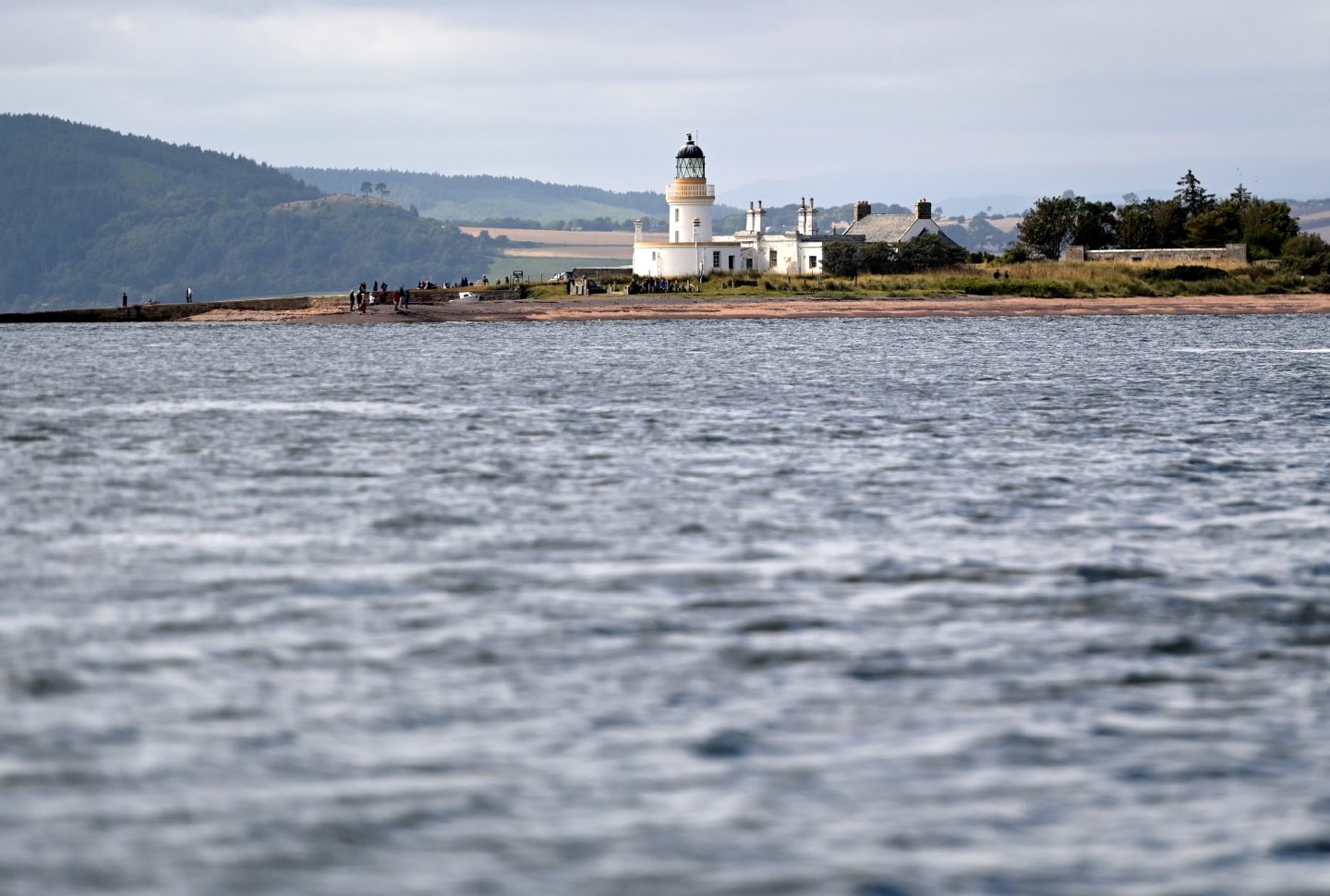
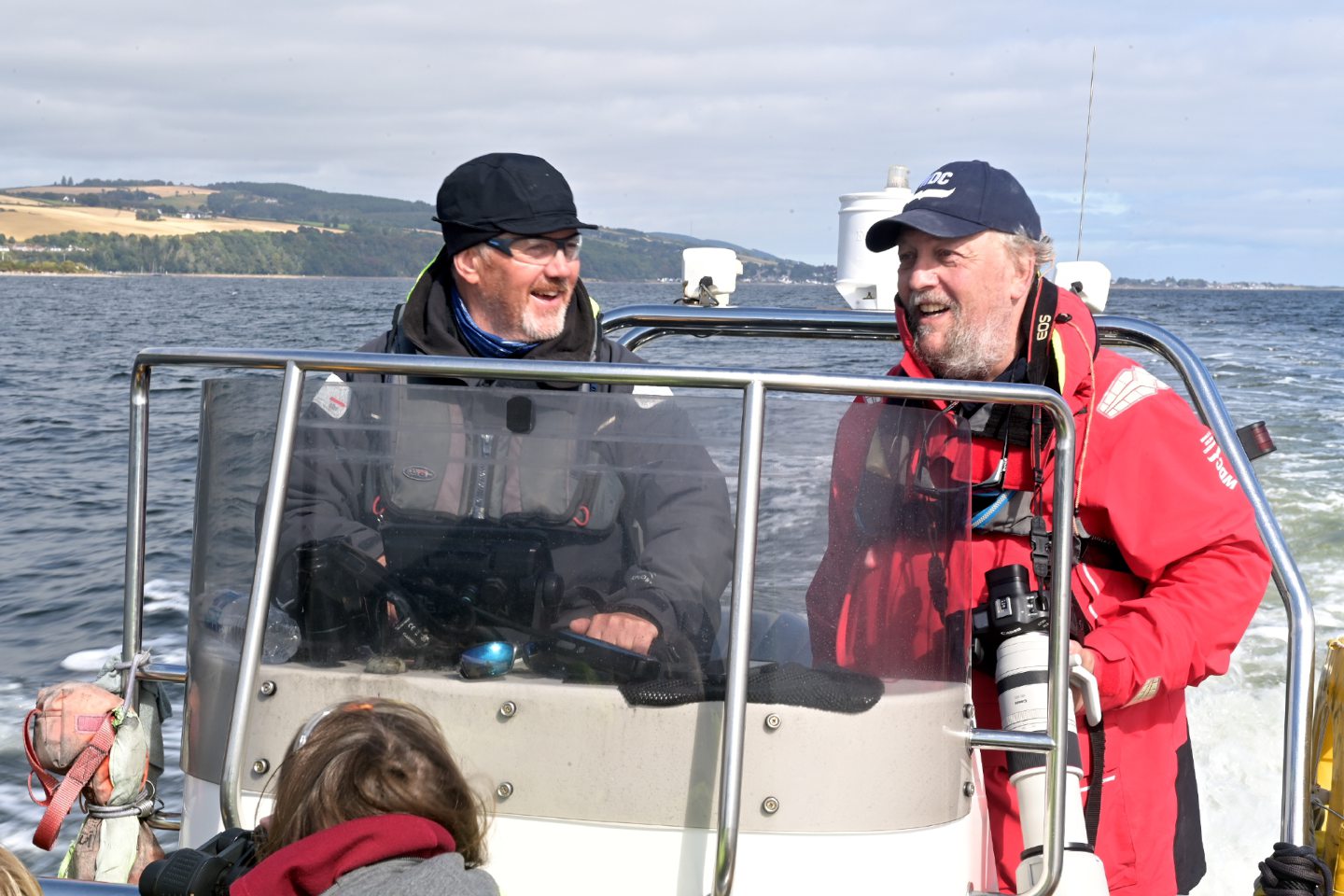
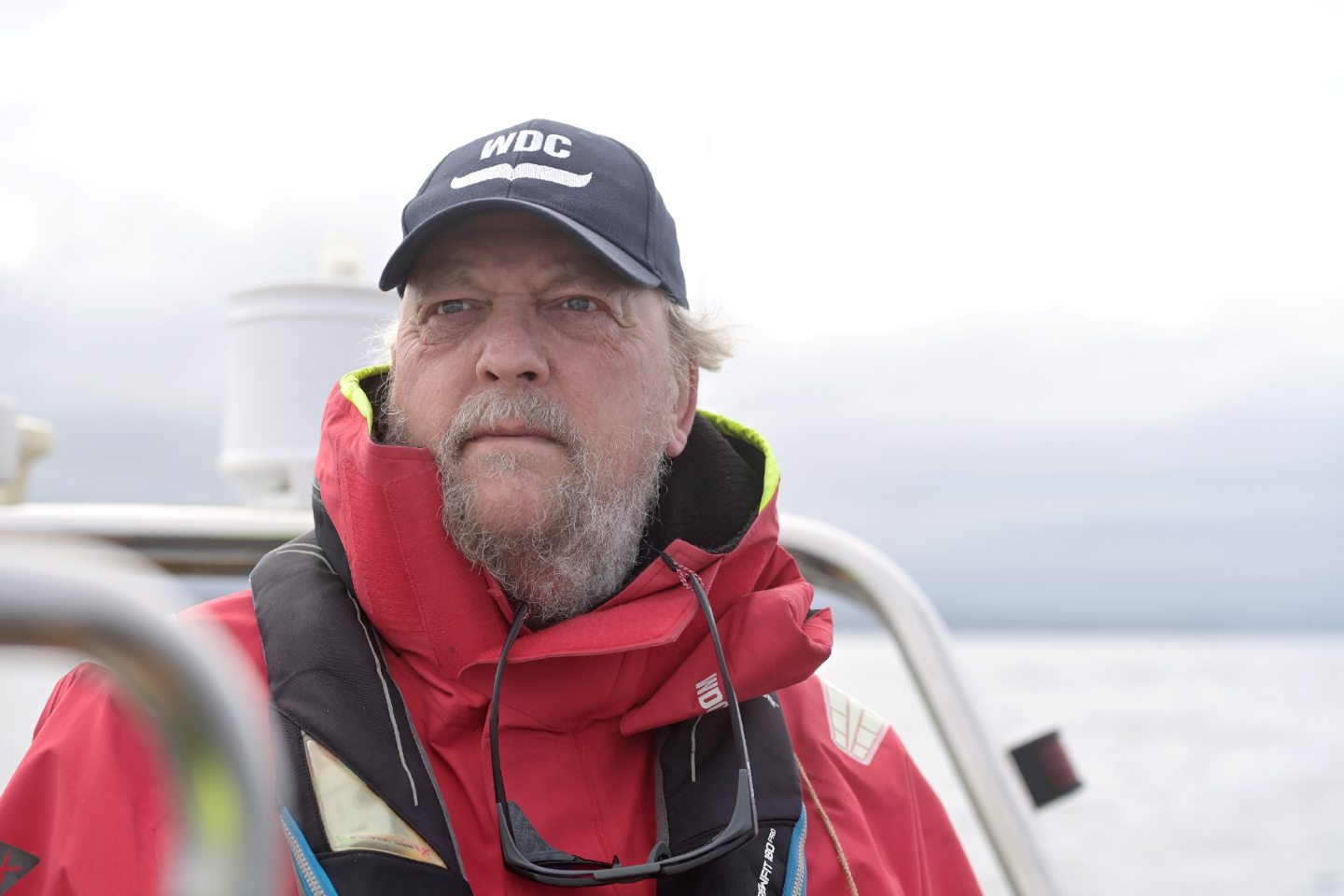
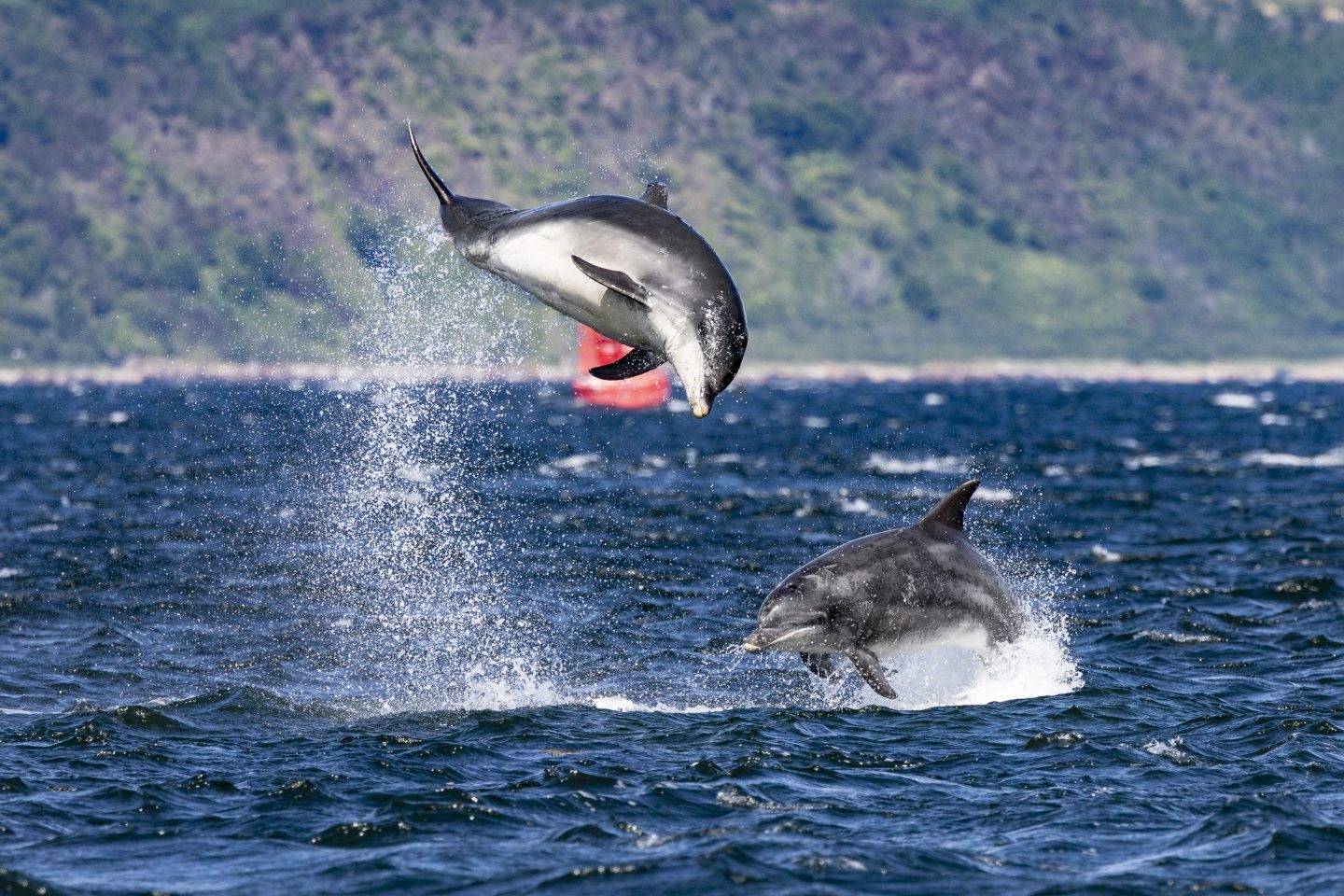
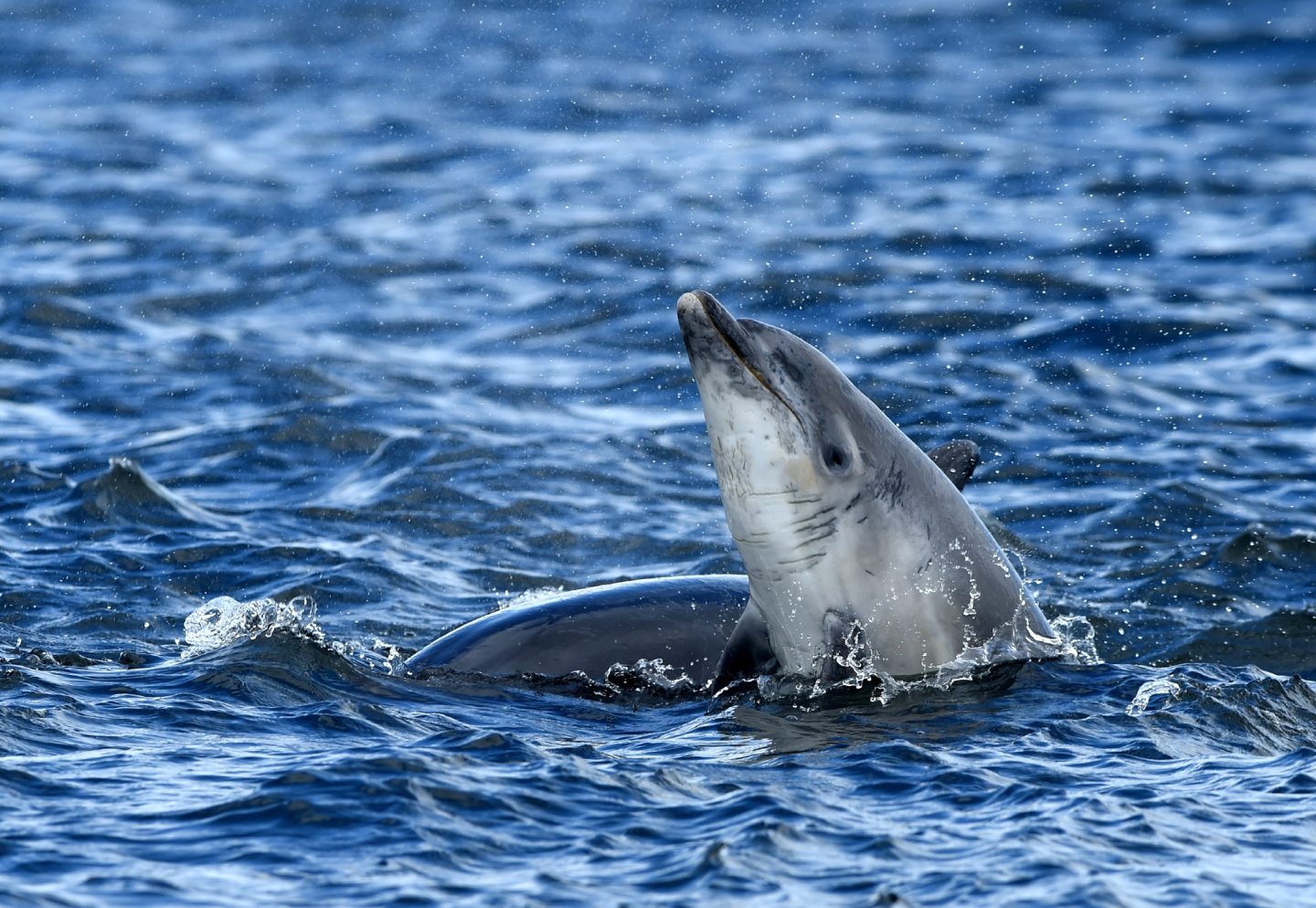
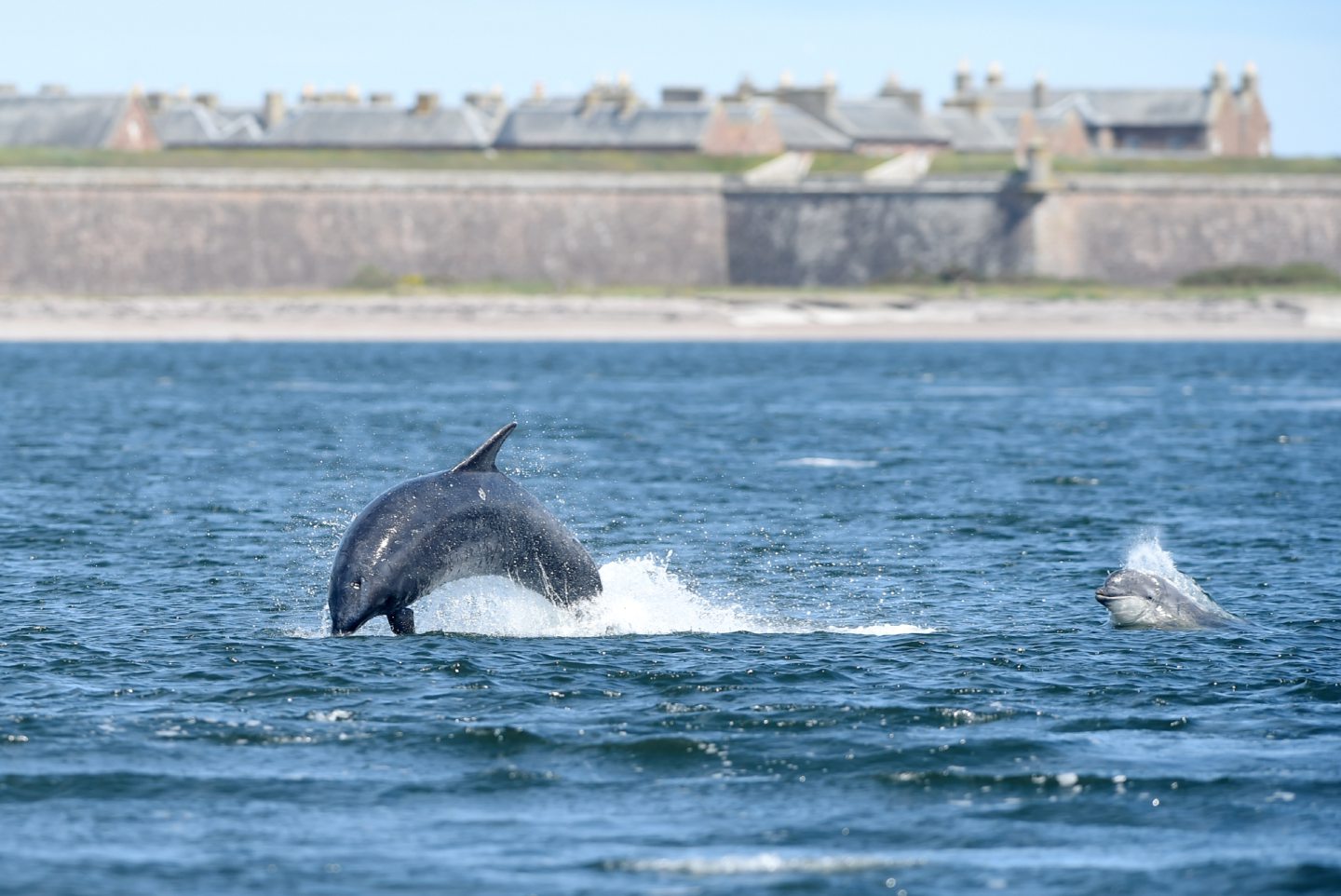
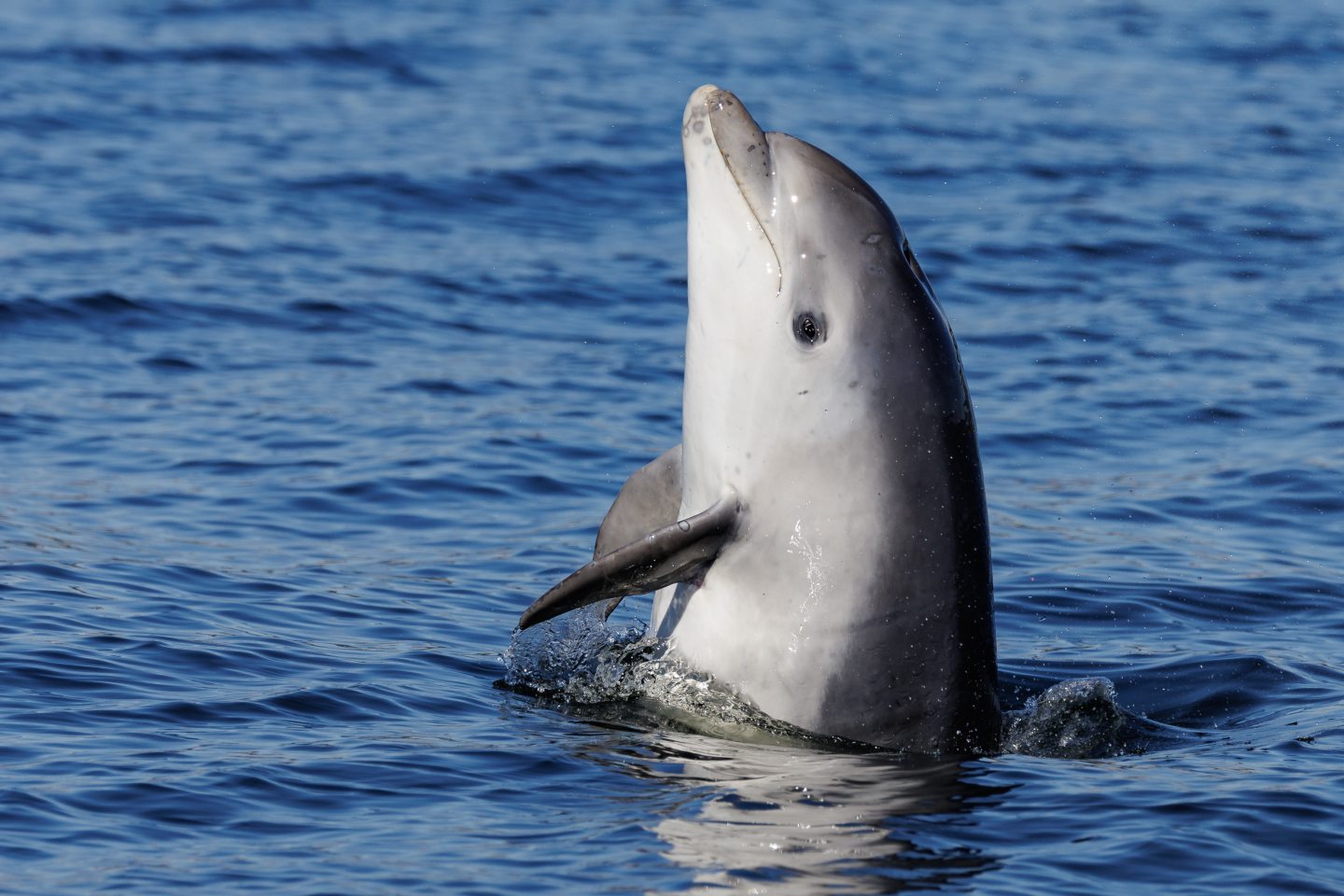
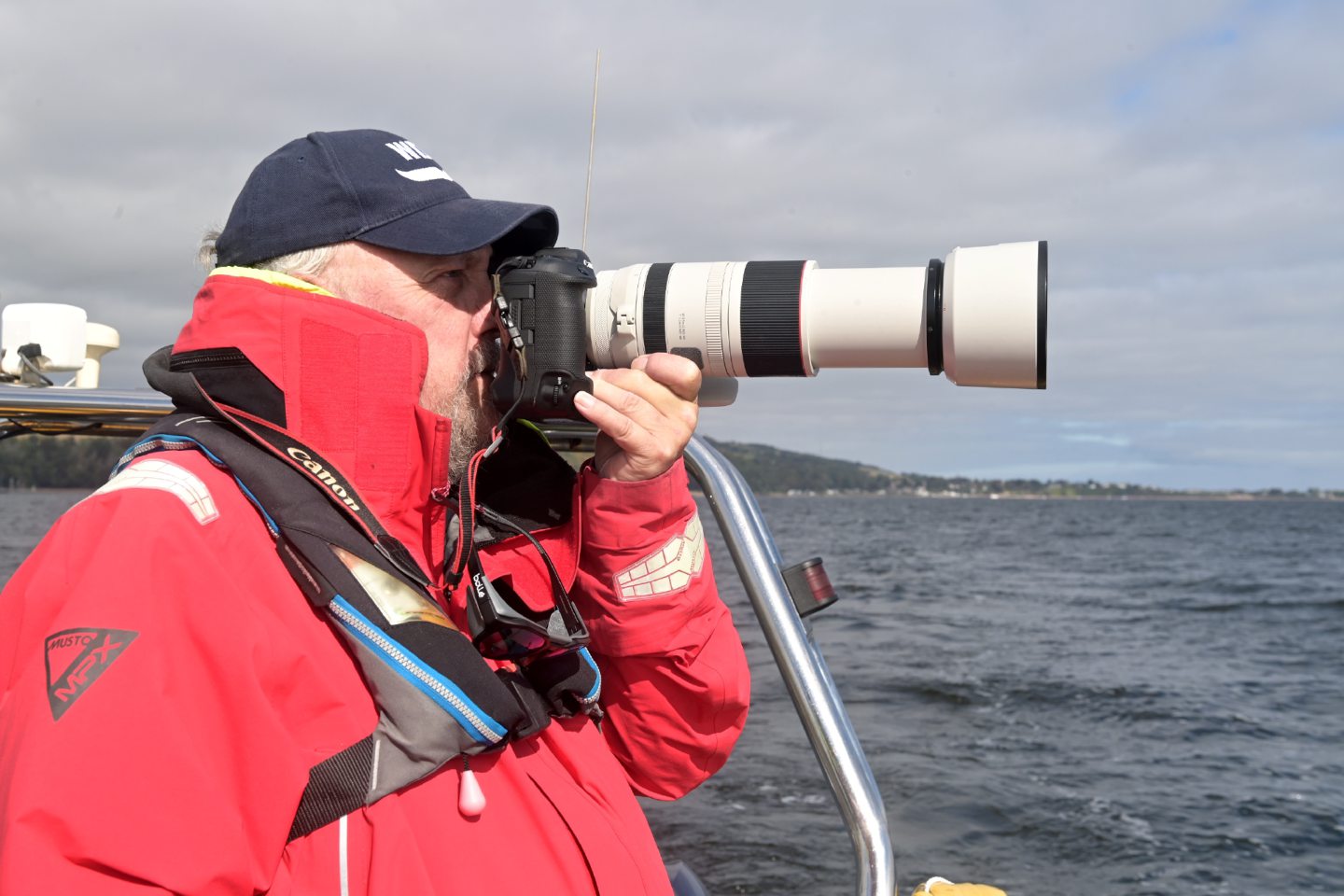
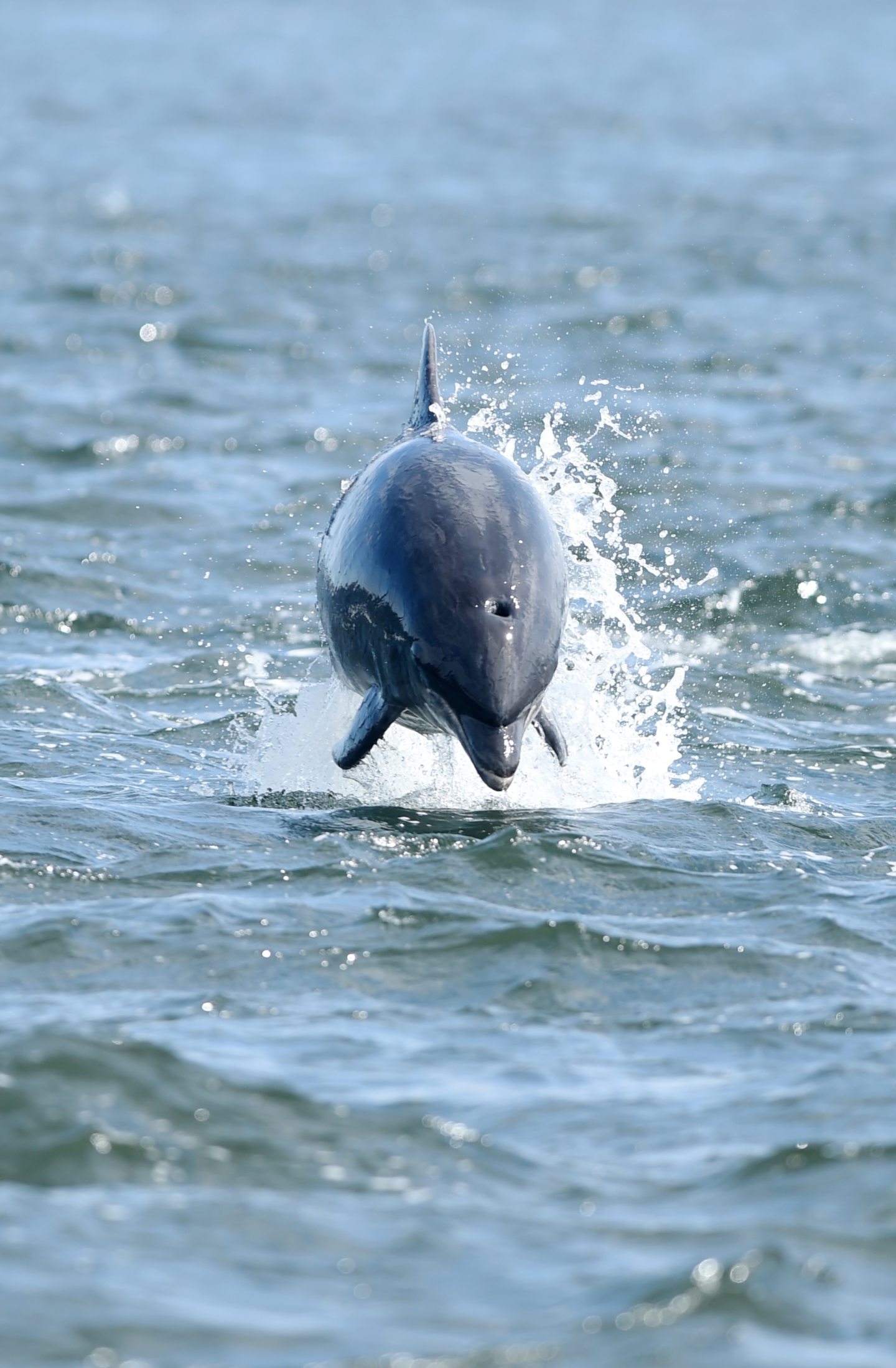
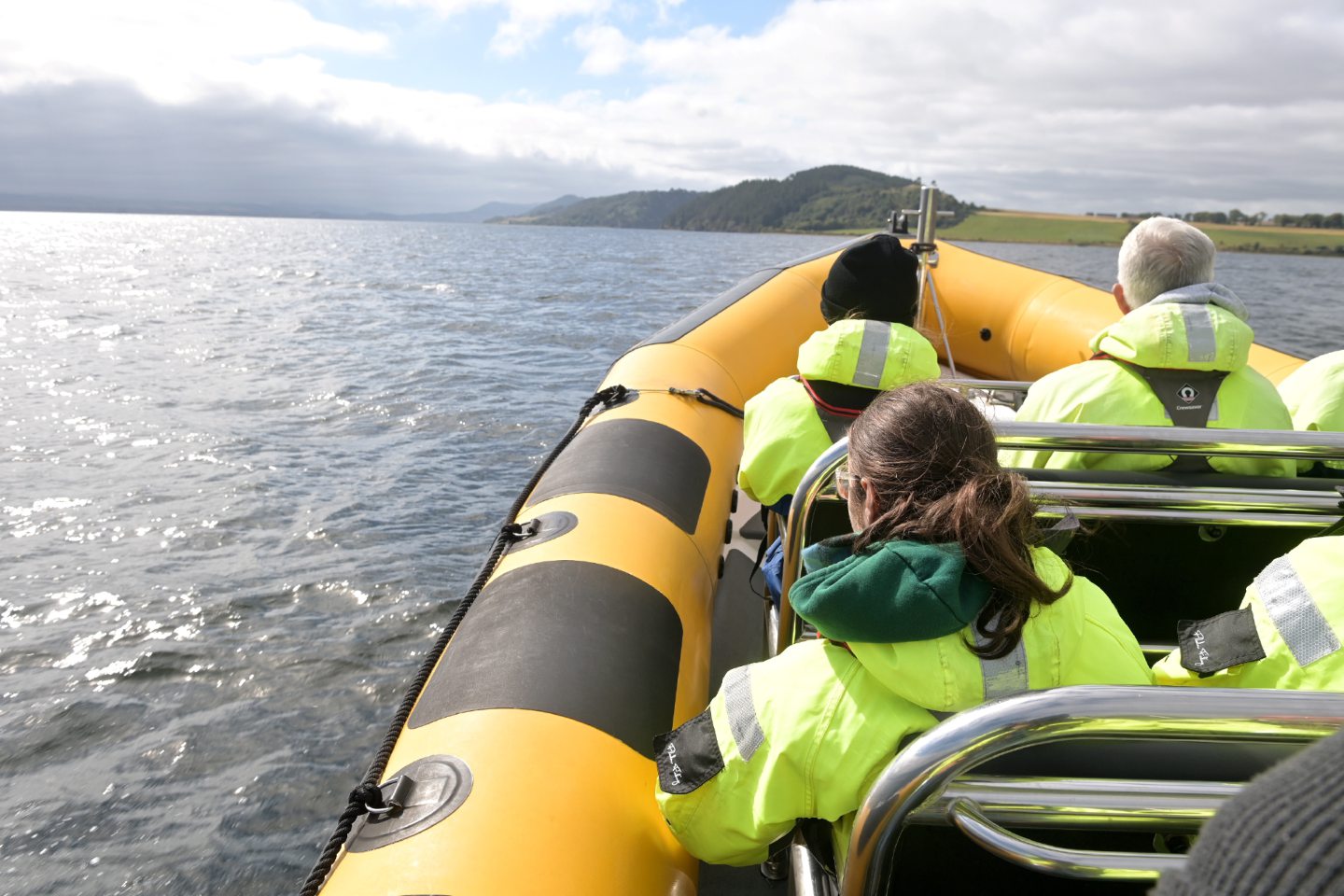
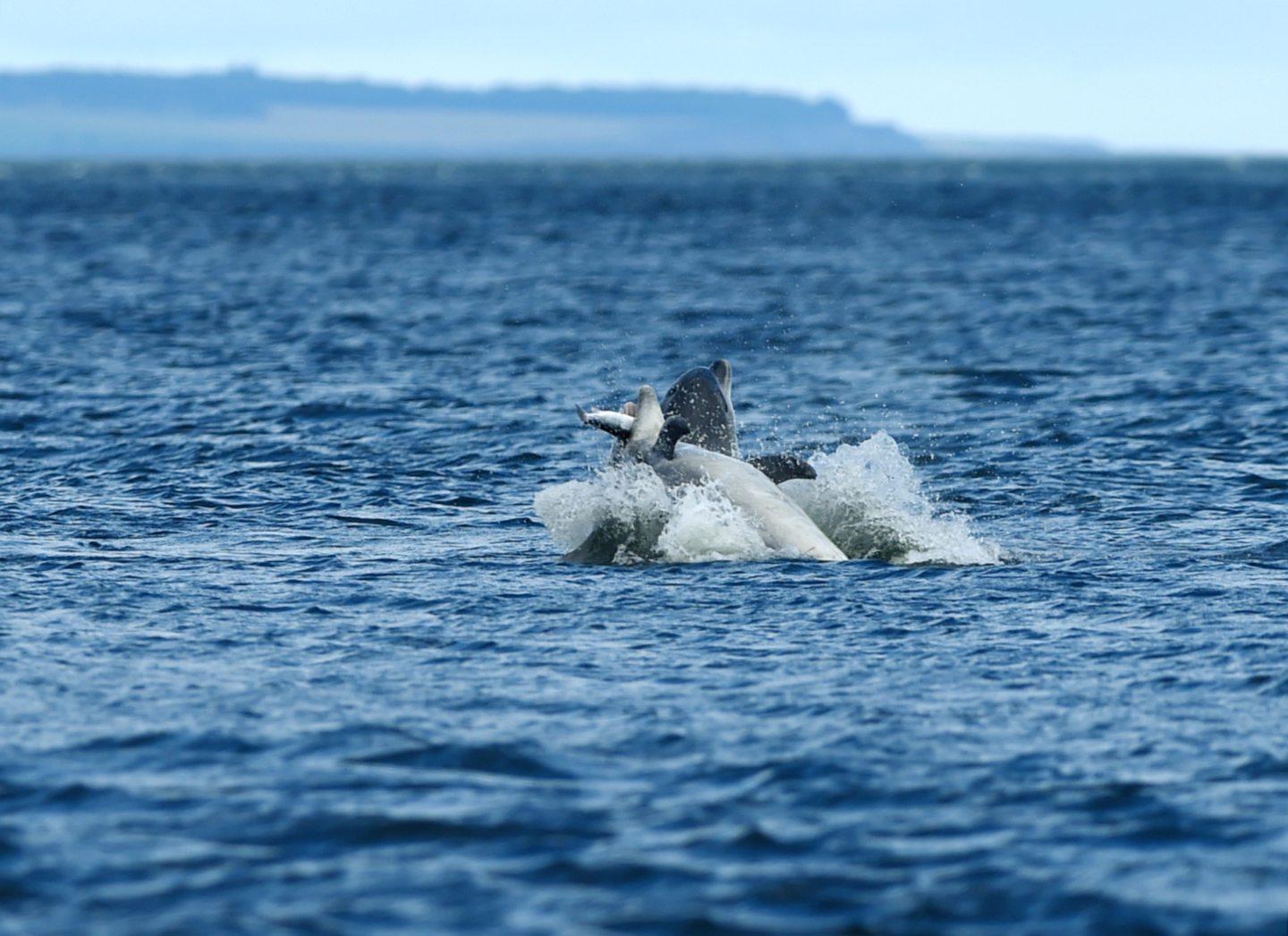
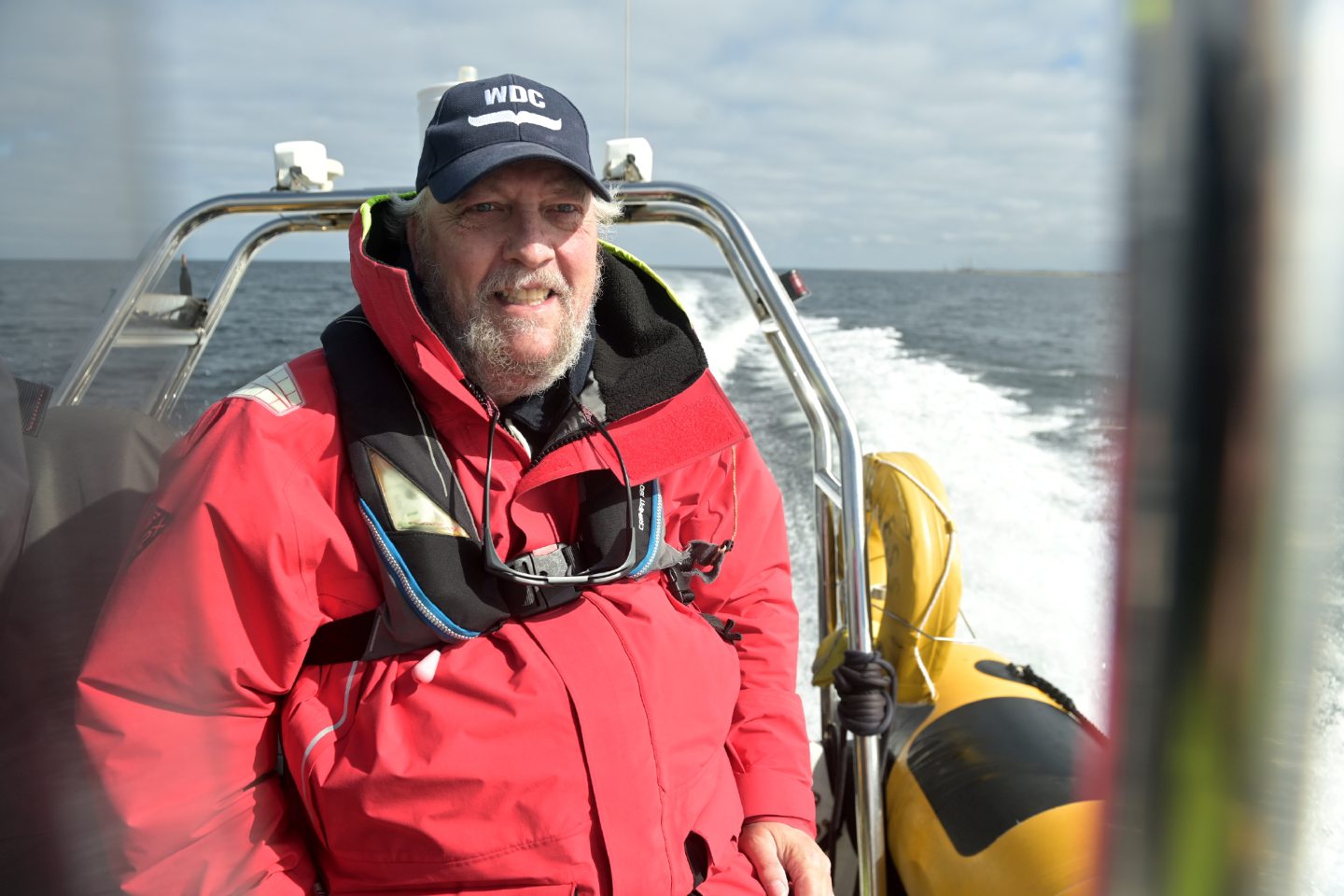
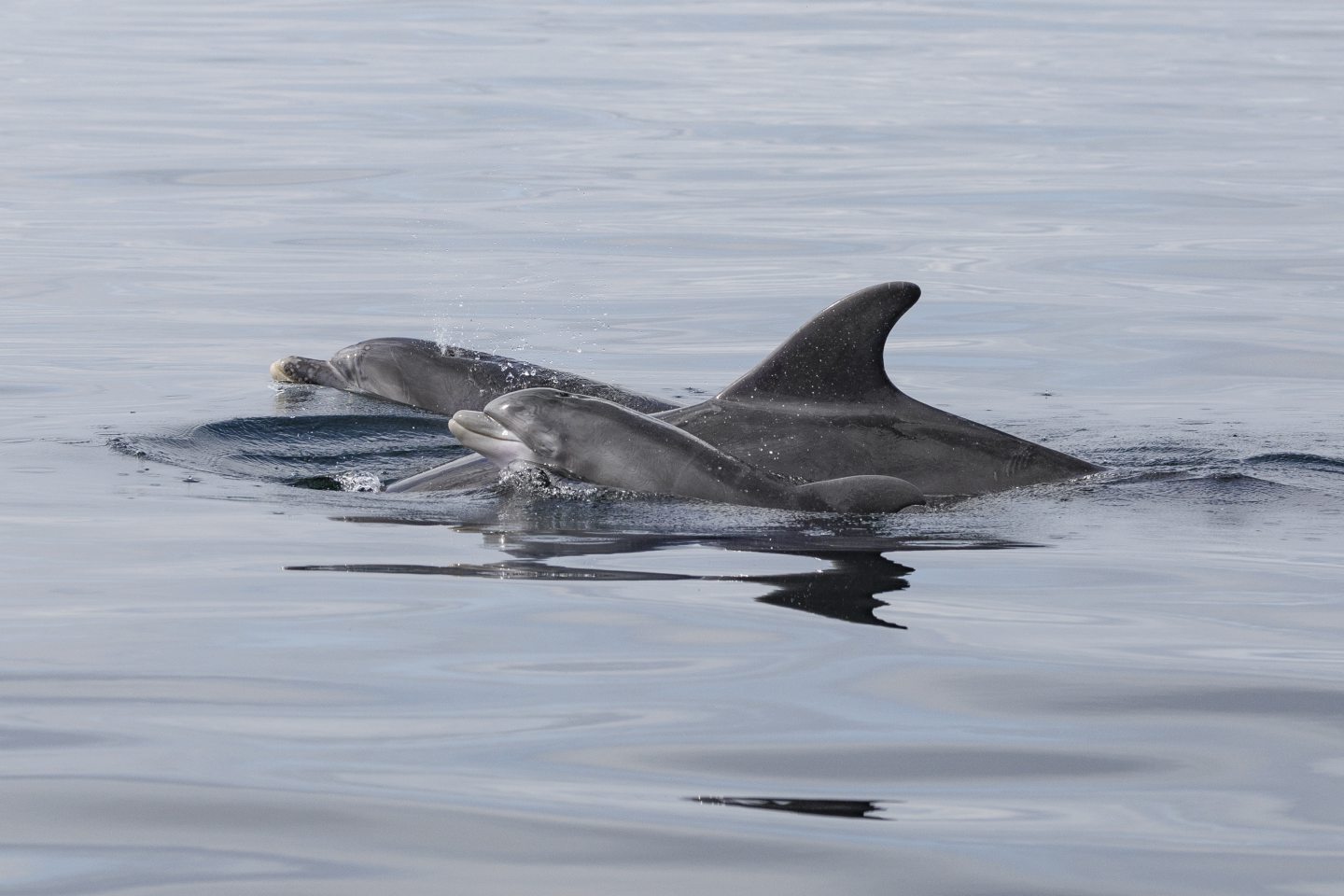
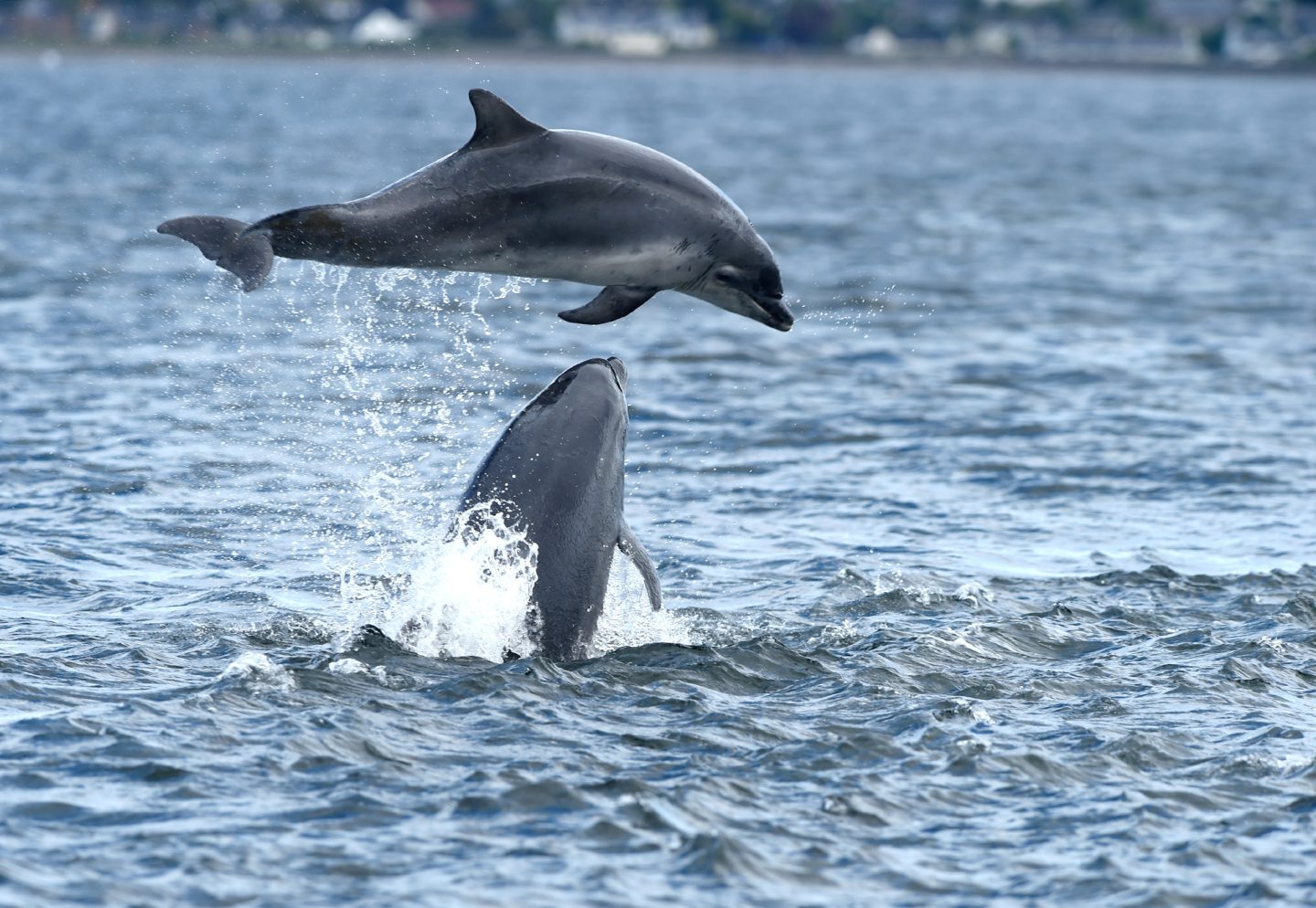
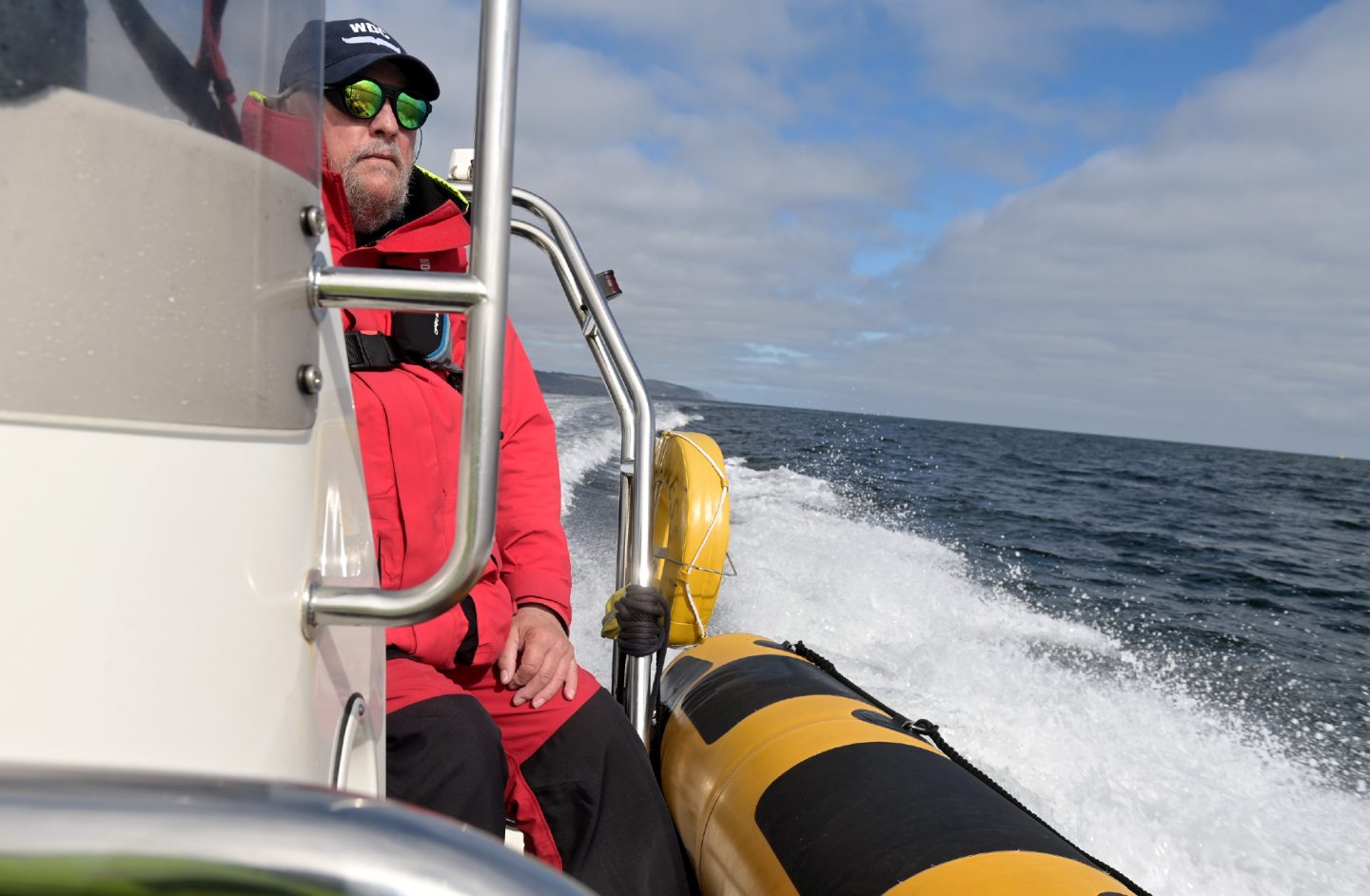
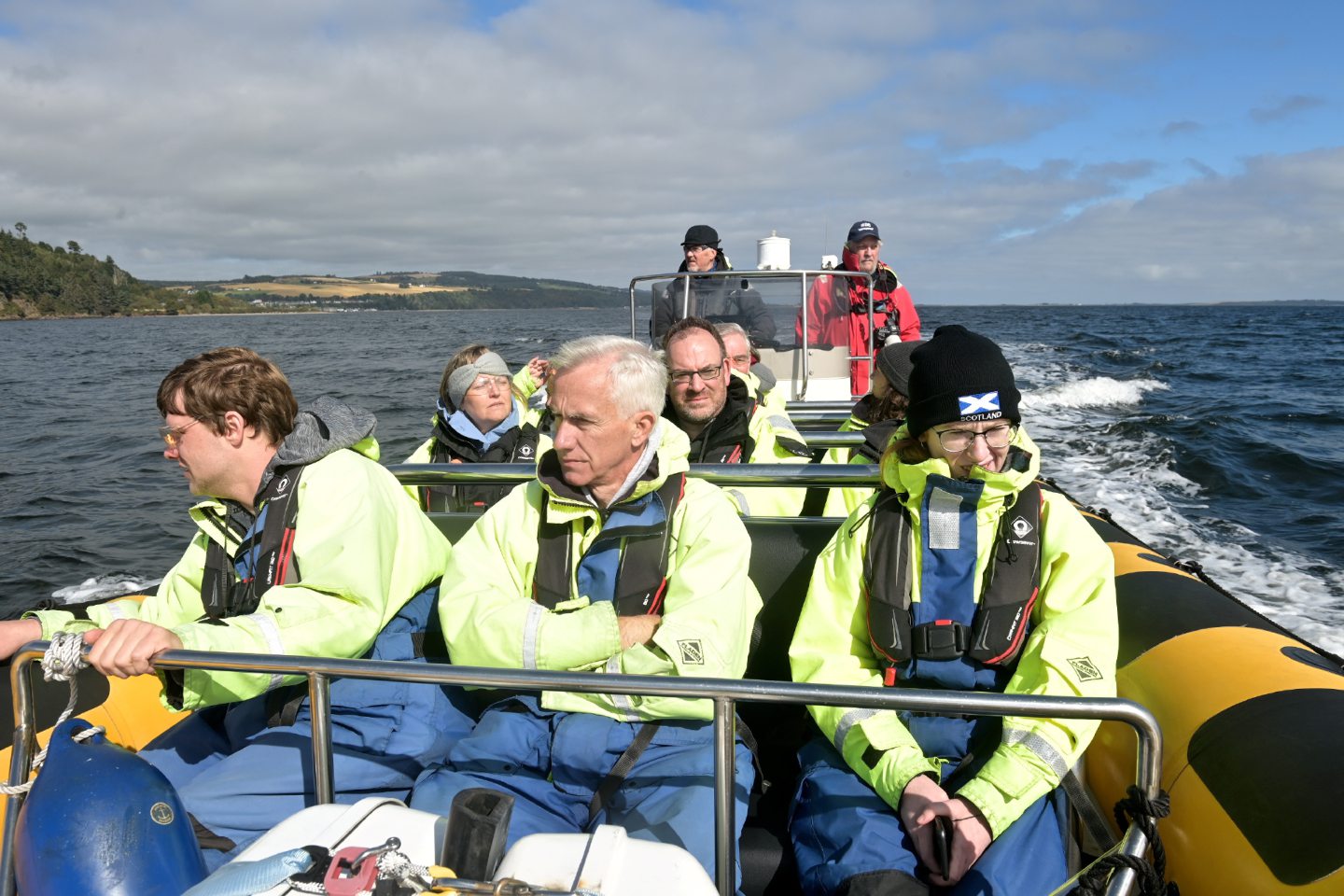
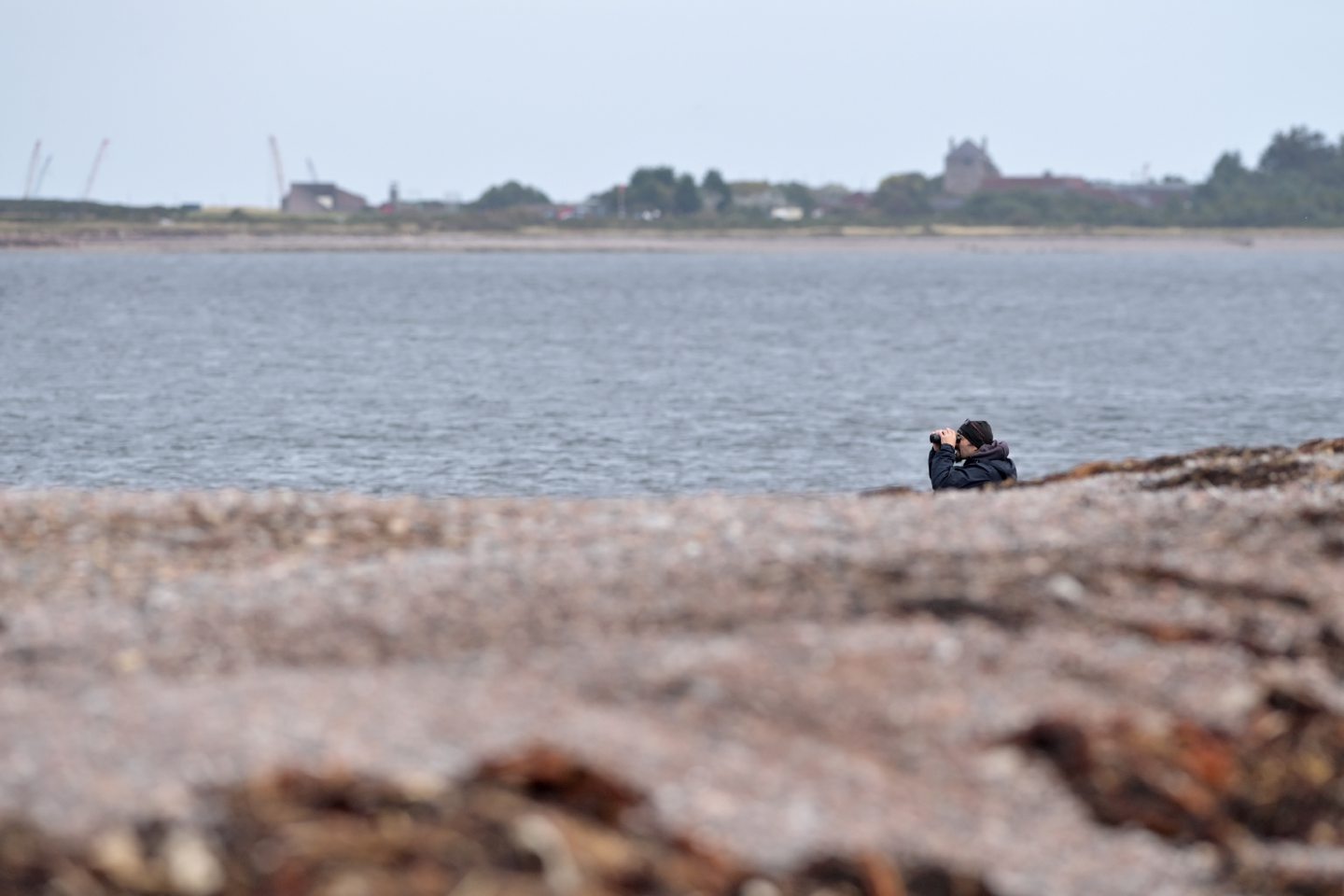
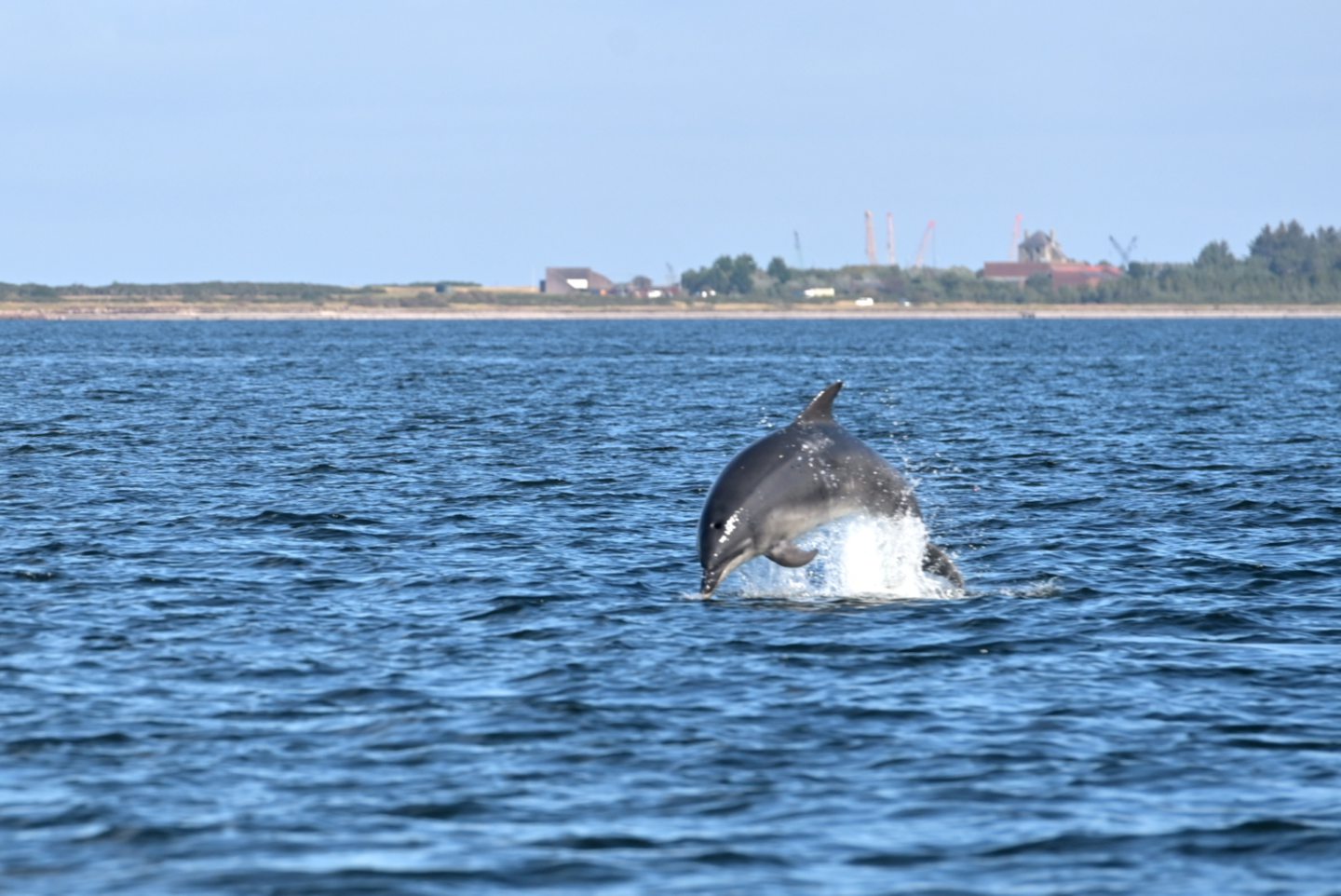
Conversation